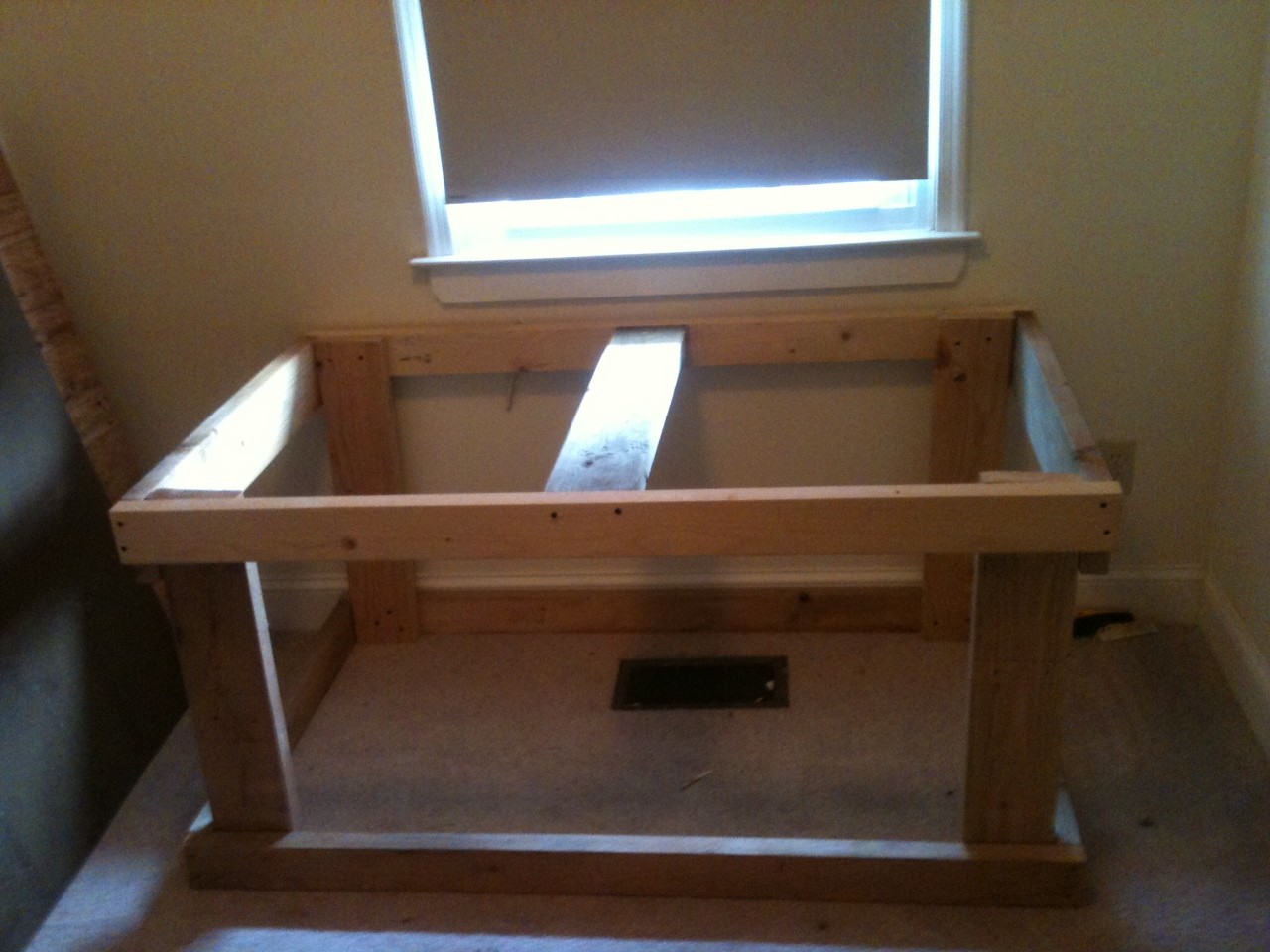McDingleberry
Well-Known Member
So, I brewed my second batch on Sunday, and it started bubbling away within 12 hours. It's the IPA kit from Northern Brewer. Anyway, I have been watching the temperature of the bucket very closely, as I want to try to keep a steady temperature. Yesterday morning the bucket was in my hallway that stays about 62 degrees (I am keeping a digital thermometer within a foot of the bucket to measure ambient) and the bucket was reading 64. Then, in the afternoon, the bubbles in the blow-off really got pretty fast and the bucket went up to 66 and ambient was still 62. When I was about to go to bed the bucket looked like it was on it's way to 68, so I moved it to an unheated bedroom to keep things in check.
I woke up and the bucket is at about 64-65 and the ambient is 55 so it is about 10 degrees over ambient, so I'm glad I moved it. My question is, how long should I be careful about this? I have heard that it is only really important while the majority of the fermentation is taking place, maybe the first week or so. I plan on leaving the beer in the primary for at least 3 weeks, but I think by the end of that time, warmer weather will be here and my house may be around 70 degrees. If the specific gravity is just about stable after 2 weeks, does the temperature really matter at all? I plan on building a ferm chamber in my spare bedroom, so hopefully this will be the only batch that I need to worry about.
I woke up and the bucket is at about 64-65 and the ambient is 55 so it is about 10 degrees over ambient, so I'm glad I moved it. My question is, how long should I be careful about this? I have heard that it is only really important while the majority of the fermentation is taking place, maybe the first week or so. I plan on leaving the beer in the primary for at least 3 weeks, but I think by the end of that time, warmer weather will be here and my house may be around 70 degrees. If the specific gravity is just about stable after 2 weeks, does the temperature really matter at all? I plan on building a ferm chamber in my spare bedroom, so hopefully this will be the only batch that I need to worry about.


